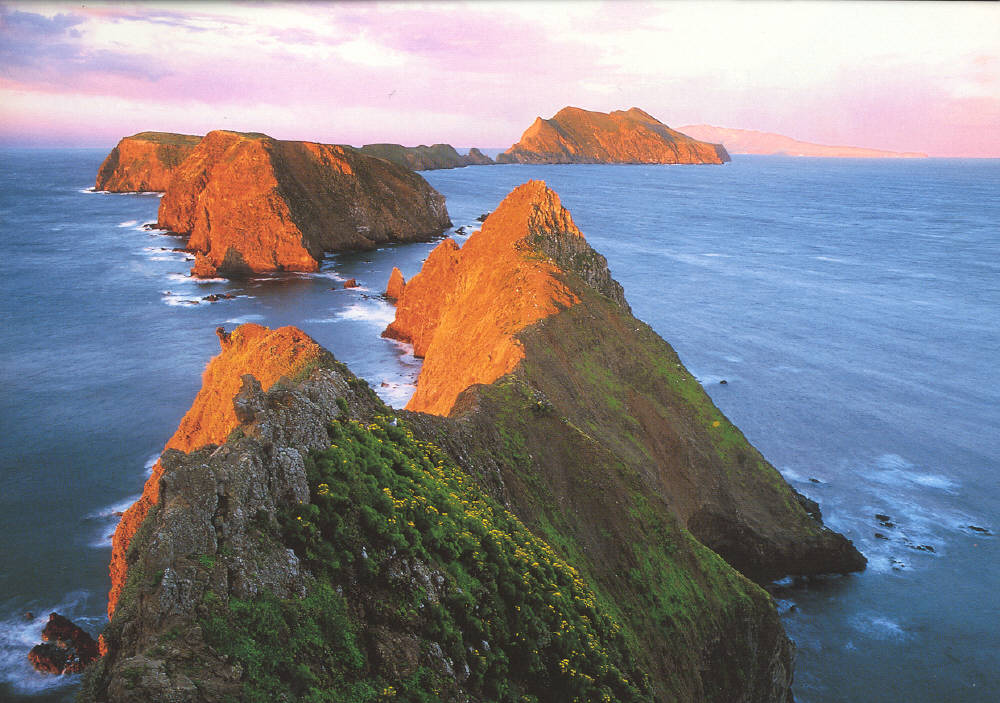Back when I was a blissfully naive undergraduate at UC Santa Barbara, heated debates were occurring over the first management review of the Channel Islands National Marine Sanctuary http://channelislands.noaa.gov/. Essentially the previous management plan was thrown out the window. Advances in scientific knowledge, technology and management made the previous plan obsolete. It was an interesting lesson on how to juggle multiple stakeholders with varying interests - fishermen, tour boat operators, recreational divers, scientists, and marine organisms. Some of the debates got down right dirty, but the result was probably a better plan for the conservation of the natural resources over the long run... which should benefit everyone.
 |
| Anacapa Island, Channel Islands NMS |
Now, California Fish and Game is considering larger scale conservation efforts - new protections for 12 percent of coastal waters between Santa Barbara and the Mexican border, and 7 percent of the waters will be no fishing zones. This would be a huge step forward in marine conservation efforts. I am of course biased towards my birthplace, but Southern California has beautiful, productive, and diverse marine habitats well worth protecting. Such a large scale effort will of course be met with some resistance and much controversy... even more than a decade after the Channel Islands review. Many sentiments are the same... skepticism, concern over livelihoods, and mistrust between the parties. However, some of the preconceived notions are being dissuaded by improved communication. A sea urchin fisherman was quoted saying
- "A lot of environmentalists I got to work with, we've found that common ground. They understand that fishermen are not the neanderthals like maybe they thought, and we know that not all enviros are wackos. And we basically want the same thing."
I hope that Cali Fish and Game can move forward with this effort and that in some way my research on sea urchins will contribute to the efforts to maintain healthy fishery populations and marine ecosystems.
No comments:
Post a Comment